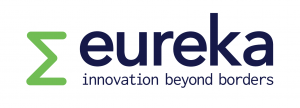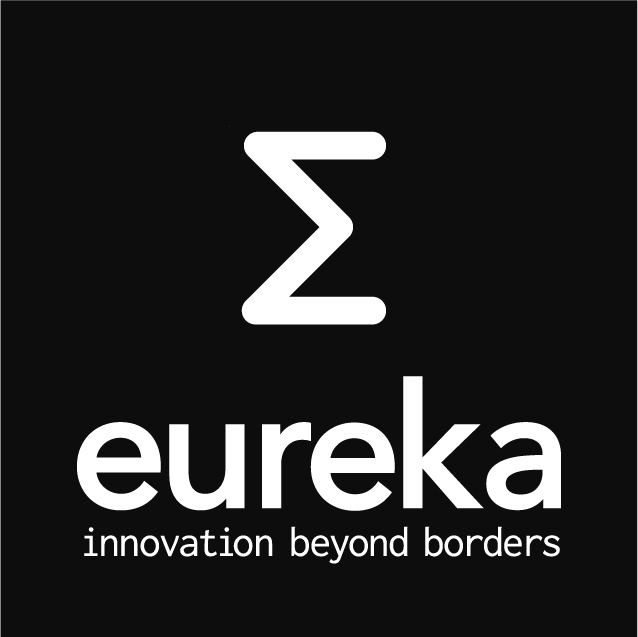Why choose CELTIC-NEXT?

CELTIC-NEXT is the Eureka Cluster for next-generation communications for a secured, trusted, and sustainable digital society. CELTIC-NEXT stimulates and orchestrates international collaborative projects in the Information and Communications Technology (ICT) domain.
CELTIC-NEXT is an industry-driven initiative involving all the major ICT industry players and many SMEs, service providers, and research institutions. The CELTIC-NEXT activities are open to all organisations that share the CELTIC-NEXT vision of an inclusive digital society and are willing to collaborate to their benefit, aligned with their national priorities, to advance the development and uptake of advanced ICT solutions.
CELTIC-NEXT Cluster and National RD&I programmes
Thematic scopes can vary from country to country and are usually determined by national RD&I strategies and plans, although many countries have prioritisation strategies focusing their efforts on different multi-annual priorities. The CELTIC-NEXT Cluster manages to find links and overlaps between these national priorities to allow many countries to agree on (joint) calls and support individual project participants, and so creating a bigger impact.
Project consortia with organisations in only one country are restricted to available national RD&I resources and capabilities, but many projects need an international scope and market to realise the full potential of their ambitions. Through the CELTIC-NEXT Cluster, Eureka countries can combine the benefits of focusing on national priorities with the leverage and impact provided by an international pool of capabilities, skills and resources. The large geographic scope of ECP projects provides partners with better access to other national markets, thus increasing the international commercial exploitation potential of the project results.
Funding amounts and success rates for receiving funding for national projects reflect those of CELTIC-NEXT Cluster projects; in both cases, these factors depend on the involved country, since the source of funding is often the same. Typically, applications have a 50% to 60% chance of being funded.
CELTIC-NEXT Cluster projects support national RD&I strategies by connecting and extending national projects to an international level, achieving results and solutions that would have not been possible through national projects alone.
CELTIC-NEXT Cluster and Horizon Europe
Horizon Europe has a top-down approach in which work programmes define specific topics to address major technological, economic and societal challenges. The topics of each call for proposals are often quite prescriptive, allowing relatively limited scope for applicants to explore undefined topics that cross over different thematic areas.
CELTIC-NEXT Cluster has a bottom-up approach for calls for projects, providing more freedom for organisations to innovate on topics that relate to their expertise or are based on customer and industry needs. The CELTIC-NEXT Cluster also provides the flexibility to set up additional joint Clusters calls for projects based on the priorities of industries and Eureka countries. Joint calls for projects on several topics are possible, as well as thematic calls for projects and long-term and continuous work on niche or specific topics. Participating Eureka countries can also give their individual input on the chosen topics, whereas Horizon Europe topics must relate equally to all EU Member States.
Horizon Europe includes all 27 EU Member States as well as a larger number of Associated Countries. The Eureka network is the world’s biggest public network for international cooperation in RD&I and innovation, present in over 44 countries. The geographic scope is broader than Horizon Europe; it includes the Republic of Korea, Canada, South Africa and Singapore amongst other countries. Projects can include partners from any country, as long as the whole consortium agrees.
While Horizon Europe funding rates are attractive, they also attract a very large number of proposals, which leads to high competition and reduces the chances of securing project funding, which is usually between 10% and 15%. In comparison, the funding success rate in the CELTIC-NEXT Cluster is over 79% (data from CELTIC-NEXT, 11/2022 – Proposals VS Projects labelled and started).
In contrast to the focus on research excellence in Horizon Europe, CELTIC-NEXT Cluster projects are much more focused on applied research with market potential and commercial exploitation, even if a project builds on known technological solutions or may not be regarded as cutting-edge research by Horizon Europe programmes. The CELTIC-NEXT Cluster’s industry-driven approach increases market impact.
The CELTIC-NEXT Cluster has a very active and cooperative monitoring process to ensure the successful implementation and completion of projects, whereas the Horizon Europe process involves unilateral reporting. The CELTIC-NEXT Cluster monitoring process aims to support the project to maximise its impact and adapt to fast-changing environments.
The CELTIC-NEXT Cluster is agile and flexible; it can quickly adapt to countries’ needs. For example, countries can organise joint Clusters call for projects on an emerging national priority. The timing of this call for projects can be defined in collaboration with the public authorities.
The CELTIC-NEXT Cluster has much less administration for all stakeholders than Horizon Europe. It ensures a harmonised and coordinated operational process for implementing joint Clusters calls for projects. This results in more concentrated efforts on impactful activities.
Where the European Union (as a supranational entity) naturally tends to focus on the harmonisation of rules and the centralisation of implementing programmes, CELTIC-NEXT Cluster (being a pan-European organisation) emphasises the need for diversity, flexibility and variable geometry in the cooperation between countries. These approaches are fully complementary and mutually reinforcing.
In addition, the industry-driven focus of the CELTIC-NEXT Cluster and the close connection with national RD&I priorities perfectly complements the multinational and research excellence focus of Horizon Europe. In some cases, a CELTIC-NEXT Cluster project might be the logical next step for a Horizon Europe project consortium to successfully exploit their project results and bring them to the market.
CELTIC-NEXT Cluster offers beneficiaries, mainly SMEs, a way to expand their R&D capabilities through cooperation with large companies in the CELTIC-NEXT Core Group, other projects and the full ICT community.




